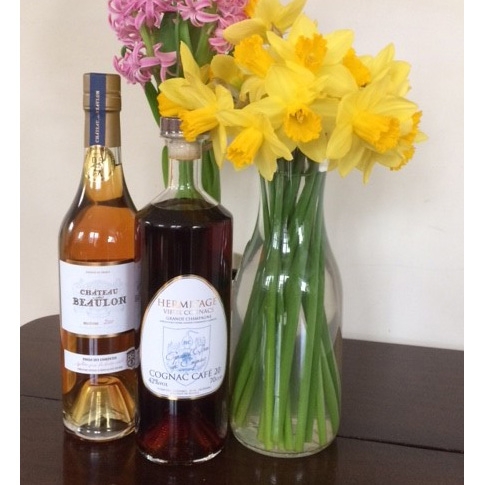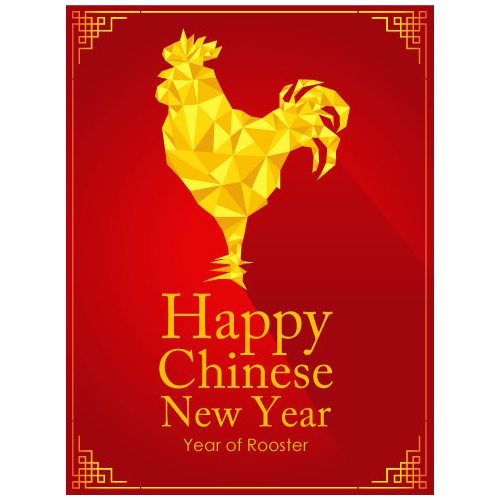Category: News
The Charente Scene – Spring 2017
The 31st of March in the Cognac region (also known as The Charente) is the last day in the year when cognacs may be distilled from the wines produced from the previous grape harvest. Most will have been distilled in the last part of 2016 but larger vineyards will have continued distilling through to this year. On the 1st of April, all the cognacs from the 2016 harvest will move from age ‘compte 00’ to ‘compte 0’. In one year’s time, they will become ‘compte 1’ and a year after that ‘compte 2’ etc.. The 2016 harvest was good and… Read more
The Place of Regulatory Bodies e.g. BNIC
The Cesium Thought Leadership (CTL) panel met recently to discuss the role industry bodies play in shaping the drinks industry. They concluded that these bodies have 4 areas of influence: education, interdependency, unified thinking and lobbying. The regulatory body for cognac is the Bureau National Interprofessionnel du Cognac (BNIC) whose mission is ‘to develop and promote cognac, representing the best interests of all cognac professionals including growers, merchants and members of other activities related to the cognac trade’. They control all stages of cognac production including the regulations required to manage the growing, wine making, distillation and ageing. Over the… Read more
More Cognac Labelling Requirements – Calories and Nutrition?
An EU Commission report has been welcomed by the drinks industry as, 2 years after MEPs voted for compulsory calorie labelling on alcoholic drinks, they have called upon the drinks trade to present a self-regulatory solution. Within 12 months calorie and nutritional information must be available to alcohol consumers – a ruling that came into effect for all other food and beverages in 2011. Will cognac labelling have to change? Aware that label space is an issue, the WSTA is suggesting that hosting the information on-line rather than on-pack will be the most effective solution. It has offered alcohol calorie… Read more
Duck Season – Eating, Drinking & Other Misadventures in Gascony
David McAninch has written this highly entertaining book about Gascony – “France’s Last Best Place” after an 8 month stay in the region. With interesting quotes such as “the quantity of armagnac produced in any given year is equivalent to the angel’s share—the volume of spirit lost to evaporation—of a year’s production of cognac” and “armagnac is to cognac what the Rolling Stones were to the Beatles” it makes fascinating reading for all fans of the amber nectar. Originally sent to research a story about a duck, his love of the local inhabitants and duck-rich cuisine led him to realise… Read more
Cognac In India?
One of the 4 key spirit trends for 2017 is Cognac, according to The Drinks Business. Its resurgence in China and the US was the story of last year and this year it is forecast to ‘continue shaking off complacency while creating the template for urgently needed further geographic diversification’. One potential new market is India where historically they enjoy brandy in the south and whisky in the north. In the last few years, the luxury market in India has been growing at a compounded annual growth rate of approximately 25%, reaching about $18 billion in 2016. The country has… Read more
Centenarian 1917 Cognac
For those with a century to celebrate this Limited Edition Hermitage 1917 Cognac is a must. Harvested during the First World War, this Grande Champagne cognac is powerful and complex and will delight any cognac lover. Only 27 bottles are available and for the month of April 2017, each one has an astonishing £100 OFF. Other vintages available for special anniversaries or birthdays this year include Hermitage 1967 Petite Champagne Cognac, Chateau Montifaud 1977 Petite Champagne Cognac and Hermitage 1987 Grande Champagne Cognac. If 1947 is the vintage you’re after, it will be arriving on our shelves very soon. For even more choice, take… Read more

Mother’s Day and Spring Celebrations
March has lots of reasons to celebrate. The Celts can enjoy St David’s Day or St Patrick’s Day with daffodils and shamrocks symbolising the onset of spring. This floral theme is perfect also to celebrate International Women’s Day and of course Mother’s Day on 26th March. All our March Offers have floral tones too – Raymond Ragnaud 35 Grande Champagne Cognac has been aged for 35 years and developed magnificent floral and rich, woody qualities. The visually stunning Pomme Captive Calvados has aromas of green apple, geranium and mint whilst the 5 year old Pineau des Charentes Rosé from Bertrand… Read more

Celebrate Chinese New Year 2017
Looking forward to a new celebration? The Chinese New Year 2017 begins at the end of January and nothing could be better than celebrating with some warming and truly exceptional vintage cognac. As one of China’s favourite drinks, perfectly balanced, well-aged cognac will be the perfect toast wherever in the world you are. To help your celebrations go with a bang in January 2017, we have three of our most popular, luxury cognacs on offer. All from the Hermitage range, they have been aged, untouched, in oak barrels for either 25 years, 30 years or 43 years producing rich, smooth cognacs with individual… Read more

Max Cointreau Dies
One of the most highly regarded names in the cognac industry, Max Cointreau, died on 19 October at his home in Gensac la Pallue, near Cognac aged 94. Max was joint managing director of Frapin, in the heart of Grande Champagne, having started his career in 1942 presiding over the Domaine Château de Fontpinot. In the early days, his firm worked closely with Remy Martin supplying many of their wines and eaux de vie. However, in the 1950s he refused to marry the elder daughter of Andre Renaud, of Remy Martin, choosing instead to marry her younger sister. This created… Read more
Sazerac Buys Domaine Breuil de Segonzac Cognac
Sazerac, one of America’s oldest family owned, privately held distillers, has purchased Domaine Breuil de Segonzac Cognac located in the Grande Champagne region. The property is about 220 acres in size and the purchase includes the cognac distillery, organic vineyards and chateau-style mansion dating from 1870. “Given the roots of our company, we are very excited to add a cognac house to our family, especially one as historic and prestigious as this one,” said Mark Brown, CEO. Sadly, many small cognac houses have been sold to foreign buyers in recent years but usually from Asia. This American investment was inevitable… Read more
